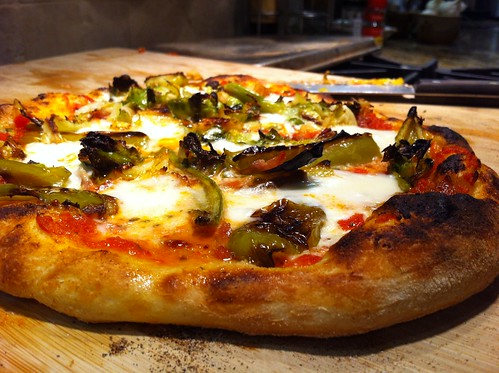breaducation's blog
The Best Way to Learn to Bake
Hi TFL. I'm a long time lurker on here. I've been baking bread for about 3 years now. First as a home baker and now professionally. I owe much of what I know to the fresh loaf(I've been using it as a resource almost the entire time I've baked!). I figure it's about time I contribute to the site.
I'm planning on posting about my home baked experiments in the future but in the meantime I'll share what I think is the best way to learn about baking bread.
